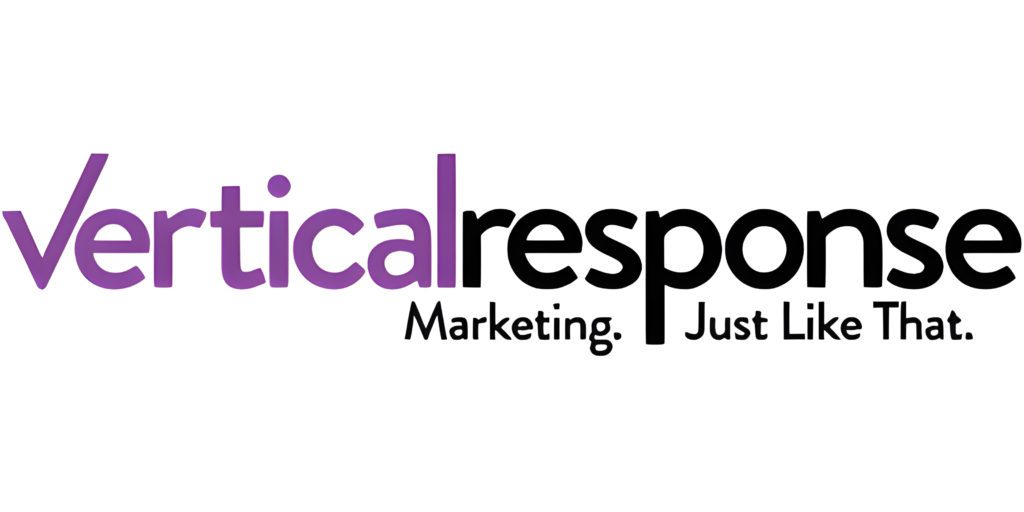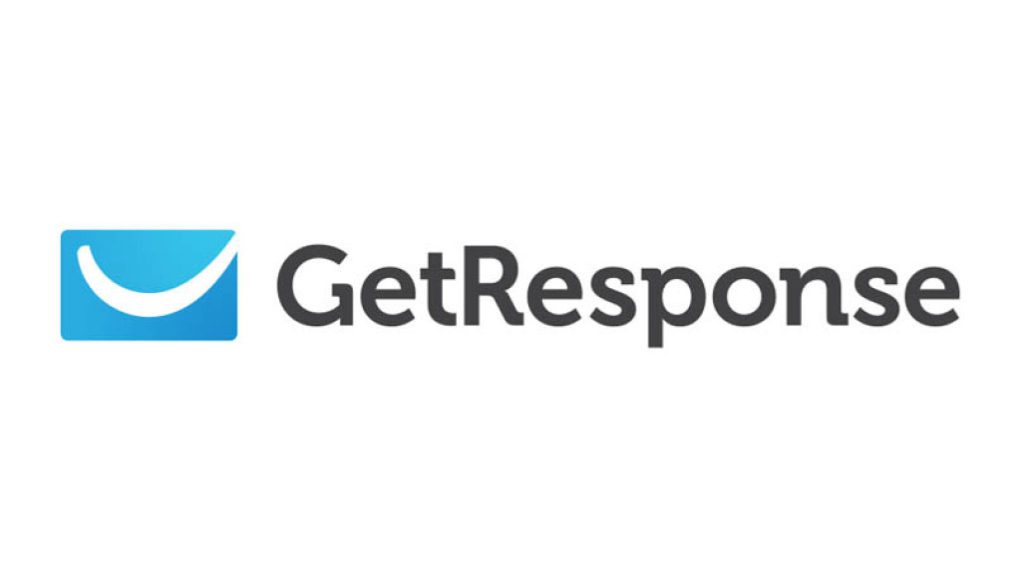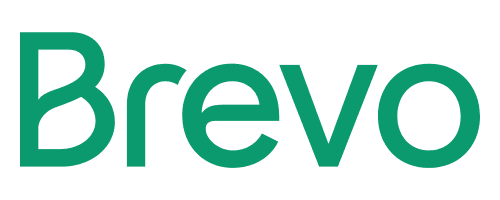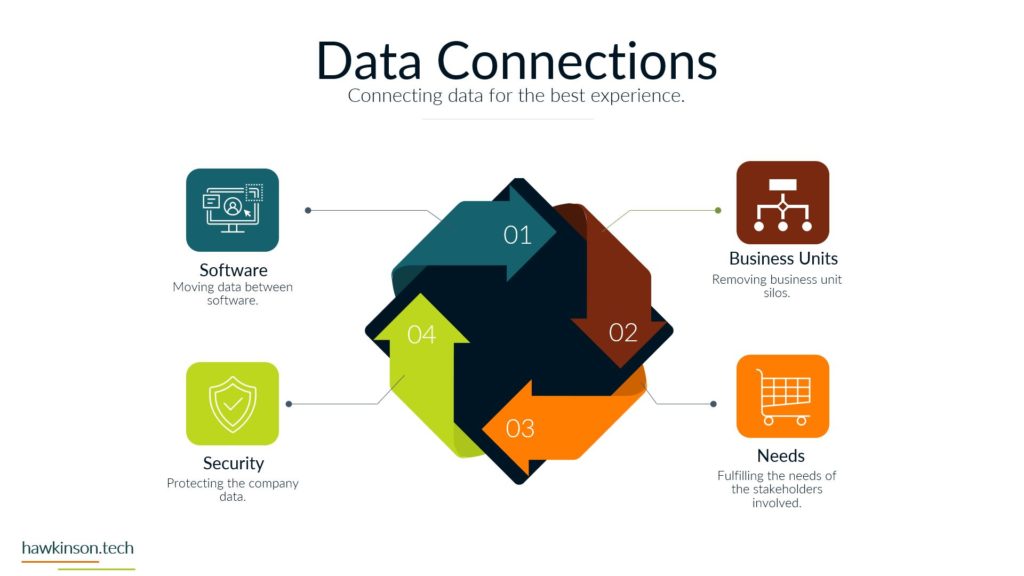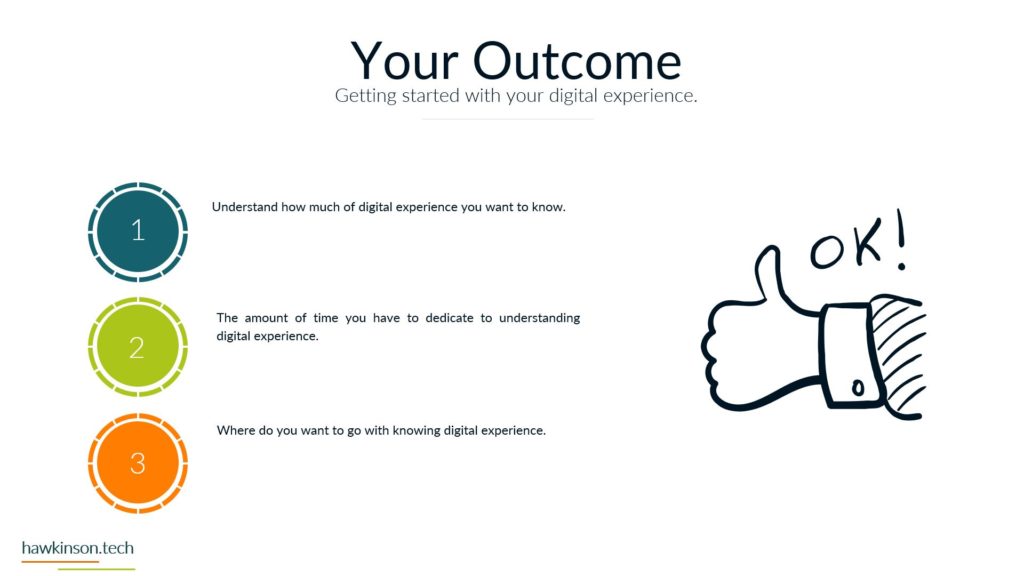In today’s hyper-connected world, digital experience has become essential to our daily lives. From the way we communicate and interact with one another to how we consume information and make decisions, digital technology has revolutionized how we live, work, and play.
As businesses and organizations continue to embrace digital transformation, understanding the critical role of data in shaping the digital experience has never been more important. In this comprehensive article, we will delve into the world of digital experience, explore the role of data in driving customer engagement, and discuss how businesses can harness the power of data to create seamless, personalized, and meaningful experiences for their customers.
What is a Digital Experience?
Digital experience encompasses all the touchpoints and interactions a user has with a brand, product, or service through digital channels, such as websites, mobile apps, social media, and email. As the digital landscape continues to evolve, businesses are constantly seeking innovative ways to engage with their customers and deliver exceptional digital experiences that meet and exceed their expectations.
Data, in this context, serves as the lifeblood of digital experience, providing valuable insights that can help businesses understand their customers’ needs, preferences, and behaviors and, ultimately, drive customer satisfaction, loyalty, and growth.
In the following sections, we will discuss how data plays a pivotal role in shaping the digital experience, from personalization and customer journey mapping to predictive analytics and artificial intelligence. We will also explore the challenges and opportunities associated with data-driven digital experience, including data privacy and security concerns, the importance of data quality and integrity, and the need for a robust data strategy and infrastructure.
Furthermore, we will provide real-world examples and case studies that demonstrate the transformative power of data in enhancing the digital experience across various industries and sectors, including retail, healthcare, finance, and entertainment. Finally, we will offer practical tips and best practices for businesses leveraging data to create exceptional customer digital experiences and stay ahead of the competition in an increasingly data-driven world.
The Importance of Data in Digital Experience
Data has become an invaluable asset for businesses and organizations, as it helps them to make informed decisions, optimize processes, and deliver personalized experiences to their customers.
The digital experience encompasses all user interactions with a company’s digital properties, such as websites, mobile apps, and online platforms. By leveraging data, businesses can gain insights into user behavior, preferences, and needs, allowing them to create tailored experiences that drive engagement, satisfaction, and, ultimately, loyalty.
Some key benefits of using data in digital experience include:
- Personalization: Data enables businesses to deliver personalized content, offers, and recommendations to their customers, based on their preferences, past behavior, and real-time context.
- Optimization: By analyzing data, businesses can identify areas of improvement in their digital properties, such as website design, user experience, and content, leading to better engagement and conversion rates.
- Predictive Analytics: Data-driven insights can help businesses anticipate customer needs and preferences, enabling them to proactively address issues and create more compelling experiences.
- Customer Segmentation: Data can segment customers into different groups based on their behavior, preferences, and demographics, allowing businesses to tailor their marketing and communication efforts for maximum impact.
- Competitive Advantage: Companies that effectively harness the power of data in digital experience can gain a competitive edge over their rivals, as they can better understand and cater to their customers’ needs.
Data Collection in Digital Experience
Data collection is the first step in leveraging data for digital experience. Various methods and tools are available for collecting data, depending on the type of data required and the desired level of granularity. Some standard data collection methods include:
- Web Analytics: Web analytics tools, such as Google Analytics, Adobe Analytics, and Mixpanel, track user behavior on websites and mobile apps, providing valuable insights into user engagement, conversion rates, and other key performance indicators (KPIs).
- Customer Relationship Management (CRM) Systems: CRM systems, like Salesforce and HubSpot, collect and store customer data, including contact information, purchase history, and interactions with the company. This data can create detailed customer profiles and deliver personalized experiences.
- Social Media Monitoring: Social media monitoring tools, like Hootsuite and Sprout Social, allow businesses to track and analyze conversations, mentions, and sentiments around their brand on social media platforms. This data can gauge customer sentiment and identify trends and opportunities.
- Customer Surveys and Feedback: Collecting customer feedback through surveys, polls, and other methods can provide valuable insights into customer preferences, needs, and pain points.
- Internet of Things (IoT) Devices: IoT devices, such as smart home appliances, wearables, and connected cars, generate vast amounts of data that can be used to gain insights into user behavior and preferences.
Once data is collected, it needs to be cleaned, processed, and analyzed to extract meaningful insights. This process typically involves data mining, machine learning, and statistical analysis techniques.
Data Warehousing for Digital Experience
Data warehousing is storing, managing, and organizing large volumes of structured and unstructured data from various sources. A data warehouse serves as a central repository for all the data collected by an organization, enabling efficient data analysis and reporting.
There are several key considerations when designing a data warehouse for digital experience:
- Scalability: The data warehouse should be able to handle increasing volumes of data as the organization grows and expands its digital presence.
- Integration: The data warehouse should be able to integrate data from various sources, such as web analytics, CRM systems, social media monitoring, and IoT devices.
- Security: Ensuring the security and privacy of customer data is critical, as data breaches can have severe consequences for businesses, including financial losses, reputational damage, and regulatory penalties.
- Data Quality: The data warehouse should have robust data quality management processes to ensure the data is accurate, complete, and up-to-date.
- Performance: The data warehouse should support fast and efficient data processing and analysis, enabling businesses to quickly derive insights and make data-driven decisions.
Various data warehousing solutions are available in the market, ranging from traditional on-premises solutions, like Oracle and Teradata, to cloud-based solutions, like Amazon Redshift, Google BigQuery, and Snowflake.
Monetization Strategies for Data in Digital Experience
Once businesses have collected and analyzed data, they can use it to generate revenue through various monetization strategies. Some common data monetization strategies include:
- Advertising: Businesses can use data to create targeted advertising campaigns, delivering personalized ads to users based on their preferences, behavior, and demographics.
- Product and Service Development: Data-driven insights can be used to identify gaps in the market and develop new products and services that cater to customer needs and preferences.
- Subscription Models: By offering personalized content and experiences, businesses can encourage users to sign up for premium subscriptions, generating recurring revenue.
- Data-as-a-Service (DaaS): Some businesses may monetize their data by offering it as a service to other companies, providing access to valuable insights and analytics for a fee.
- Partnerships and Alliances: Businesses can form partnerships and alliances with other companies, sharing data and insights to create new revenue streams and enhance their digital offerings.
Steps for Monetizing and Collecting Your Data
Step 1: Define Your Data Collection Goals
Before you start collecting data, it’s essential to define your goals and objectives. This will help you determine the data type you need to collect, which sources to use, and how to analyze the data to achieve your desired outcomes. Some common data collection goals include:
- Understanding customer behavior and preferences
- Identifying trends and patterns in user engagement
- Optimizing website and app performance
- Improving customer segmentation and targeting
- Enhancing personalization and customization of digital experiences
Step 2: Identify Data Sources and Collection Methods
Once you’ve defined your data collection goals, you need to identify the most appropriate data sources and collection methods. This will depend on the type of data you need, the granularity required, and the resources available to your organization. Some familiar data sources and collection methods include:
- Web analytics tools (e.g., Google Analytics, Adobe Analytics)
- Customer relationship management (CRM) systems (e.g., Salesforce, HubSpot)
- Social media monitoring tools (e.g., Hootsuite, Sprout Social)
- Customer surveys and feedback forms
- Internet of Things (IoT) devices
Step 3: Implement Data Collection Tools and Processes
After identifying the data sources and collection methods, you must implement the necessary tools and processes to collect the data. This may involve setting up web analytics tracking codes on your website, integrating your CRM system with your digital platforms, or deploying IoT devices to collect user data. Be sure to follow best practices for data collection, such as respecting user privacy, obtaining consent when required, and ensuring data accuracy and completeness.
Step 4: Store and Manage Your Data
Once you’ve collected the data, you must store and manage it effectively. This typically involves setting up a data warehouse or storage solution to handle large volumes of structured and unstructured data. Key considerations when selecting a data storage solution include scalability, integration capabilities, security, data quality management, and performance.
Step 5: Analyze and Extract Insights from Your Data
With your data stored and managed, the next step is to analyze it and extract meaningful insights. This may involve using data mining techniques, machine learning algorithms, or statistical analysis methods to identify data patterns, trends, and correlations. The insights gained from this analysis can help you make informed decisions, optimize your digital experience, and identify monetization opportunities.
Step 6: Develop Your Monetization Strategy
Based on the insights gained from your data analysis, you can now develop a monetization strategy that aligns with your business goals and objectives. Some common data monetization strategies include:
- Advertising: Use data to create targeted campaigns that deliver personalized ads to users based on their preferences, behavior, and demographics.
- Product and Service Development: Leverage data-driven insights to identify gaps in the market and develop new products and services that cater to customer needs and preferences.
- Subscription Models: Offer personalized content and experiences to encourage users to subscribe to premium subscriptions, generating recurring revenue.
- Data-as-a-Service (DaaS): Monetize your data by offering it as a service to other companies, providing access to valuable insights and analytics for a fee.
- Partnerships and Alliances: Form partnerships and alliances with other companies, sharing data and insights to create new revenue streams and enhance your digital offerings.
Step 7: Implement and Optimize Your Monetization Strategy
Once you’ve developed your monetization strategy, it’s time to implement it and start generating revenue from your data. This may involve setting up targeted advertising campaigns, launching new products or services, or establishing partnerships with other companies. Be sure to monitor the performance of your monetization efforts, using data and analytics to optimize and refine your strategy over time.
Monetizing and collecting data requires a multi-step process that involves defining your goals, identifying data sources and methods, implementing data collection tools and techniques, storing and managing your data, analyzing and extracting insights, developing a monetization strategy, and implementing and optimizing your strategy. By following these steps, you can effectively leverage your data to drive revenue and enhance the digital experience for your customers.
Examples of Organizations Monetizing Their Data
Organizations across various industries have recognized data’s value and found innovative ways to monetize it. Here are a few examples:
- Social Media Platforms: Companies like Facebook and Twitter monetize user data by leveraging targeted advertising. They collect vast amounts of user information, such as demographics, interests, and browsing behavior, to offer advertisers exact audience targeting options. Advertisers pay to display ads to users more likely to be interested in their products or services.
- E-commerce Companies: Online retailers like Amazon use customer data to personalize recommendations and optimize their sales. By analyzing purchasing history, browsing patterns, and search queries, these companies can suggest relevant products to users, increasing the likelihood of making a sale. They can also sell aggregated and anonymized customer data to third-party companies for market research and trend analysis.
- Streaming Services: Platforms like Netflix and Spotify leverage user data to enhance content recommendation algorithms. By analyzing viewing or listening history, ratings, and user preferences, they can suggest personalized content that keeps users engaged and subscribed. Additionally, they may use data insights to negotiate licensing deals, produce original content, or sell data-driven insights to production companies.
- Health Tech Companies: Organizations in the healthcare sector, such as fitness trackers and health apps, monetize data to provide personalized insights and services. For instance, fitness trackers collect data on users’ physical activities and health metrics, which can be used to offer tailored exercise plans and diet recommendations or even sell aggregated data to research institutions or healthcare providers.
- Ride-hailing Services: Companies like Uber and Lyft monetize their data by leveraging it for various purposes. They analyze data on customer travel patterns, popular routes, and demand fluctuations to optimize their driver allocation, surge pricing, and supply chain management. Additionally, they may sell anonymized data to urban planners, transportation authorities, or advertisers looking to understand mobility trends.
- Financial Institutions: Banks and credit card companies monetize transactional and customer data. They analyze spending patterns, purchase history, and financial behavior to offer personalized financial products, such as targeted credit card offers, loan recommendations, or investment opportunities. Financial institutions may also sell aggregated and anonymized data to credit reporting agencies or market research firms.
It’s important to note that organizations must handle data privacy and security responsibly and ensure compliance with relevant regulations and user consent to maintain trust with their customers.
Data is critical in shaping the digital experience, enabling businesses to deliver personalized, engaging, and relevant customer experiences. By effectively collecting, warehousing, and monetizing data, companies can gain a competitive edge in the digital landscape, driving growth and success in an increasingly data-driven world.











